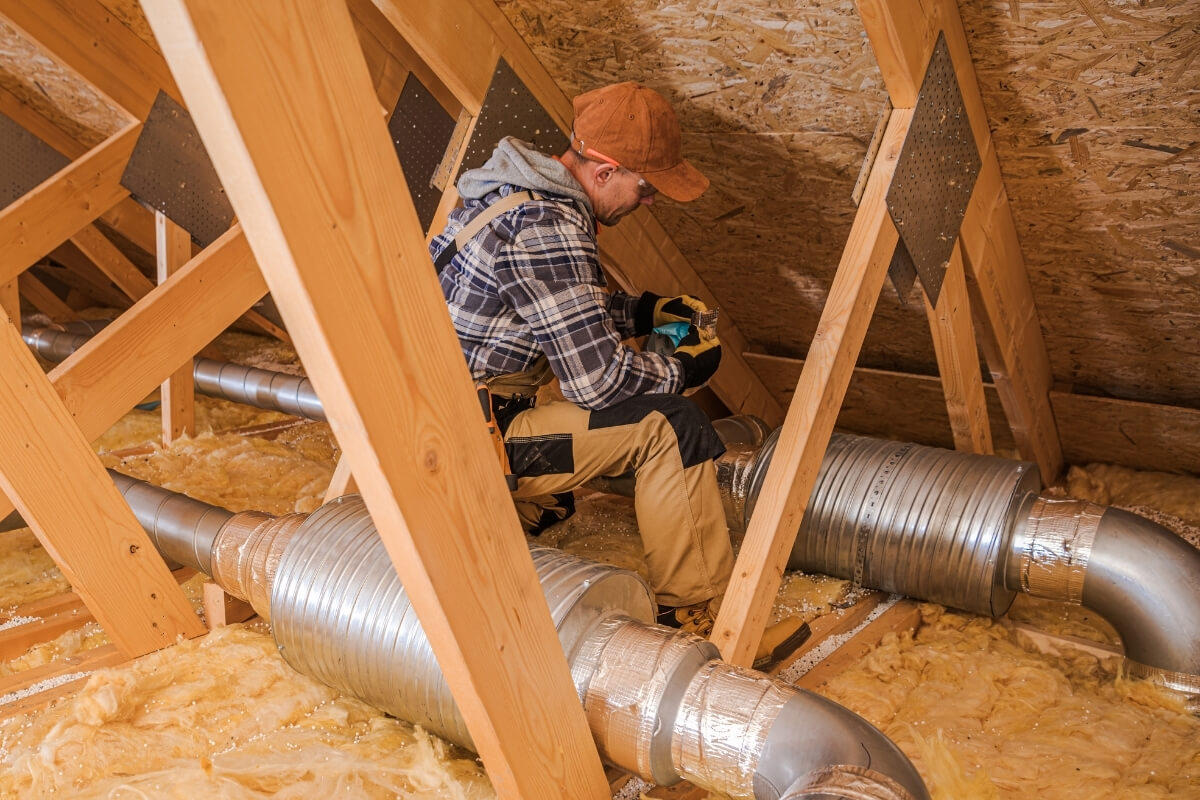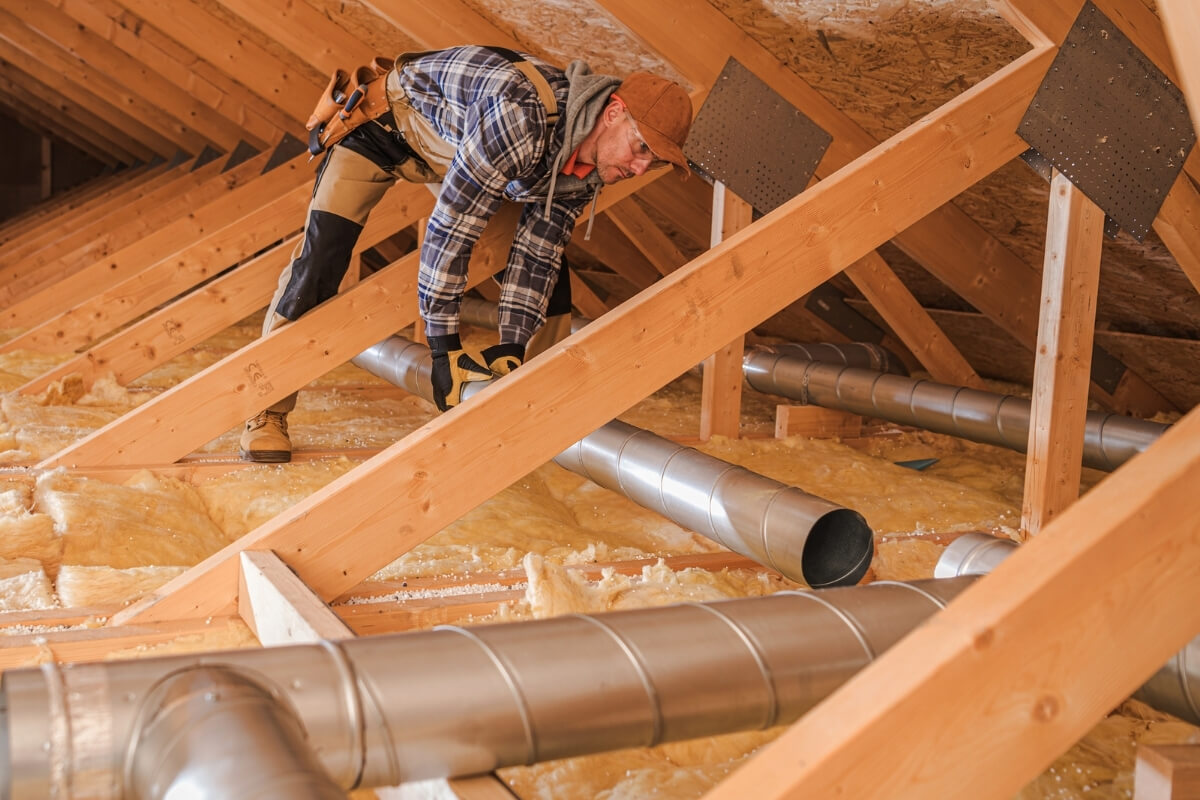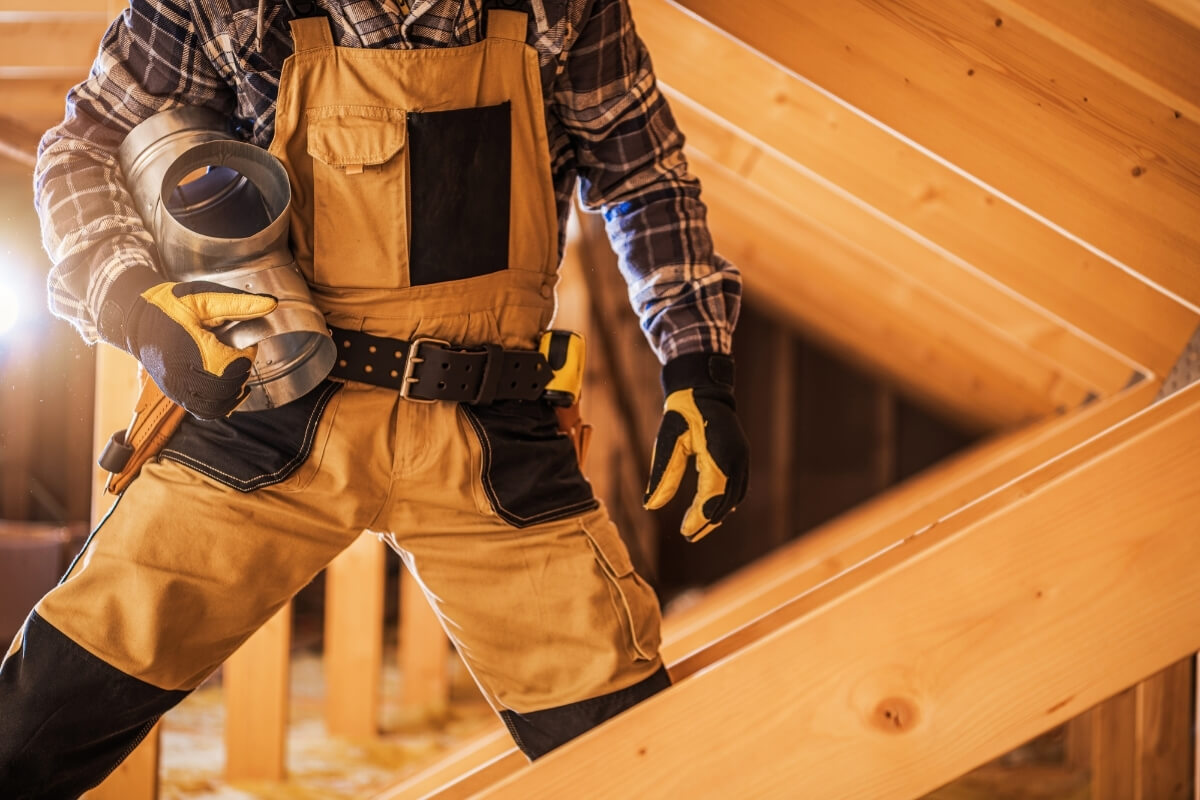Electrical, Fall & Structural Hazards in the Attic
Before entering your attic, shut off power at the breaker box—live wires are often exposed in unfinished spaces and can cause electrocution. Bring a headlamp or portable light; attics are dark and tight, and shadows can hide trip hazards.
When walking, only step on ceiling joists or sturdy platforms—never on drywall or unsupported areas. The average ceiling can’t hold a person’s weight in unsupported zones and may collapse. Wear non-slip footwear and use a ladder that extends at least 3 feet above your access point for safe entry and exit.
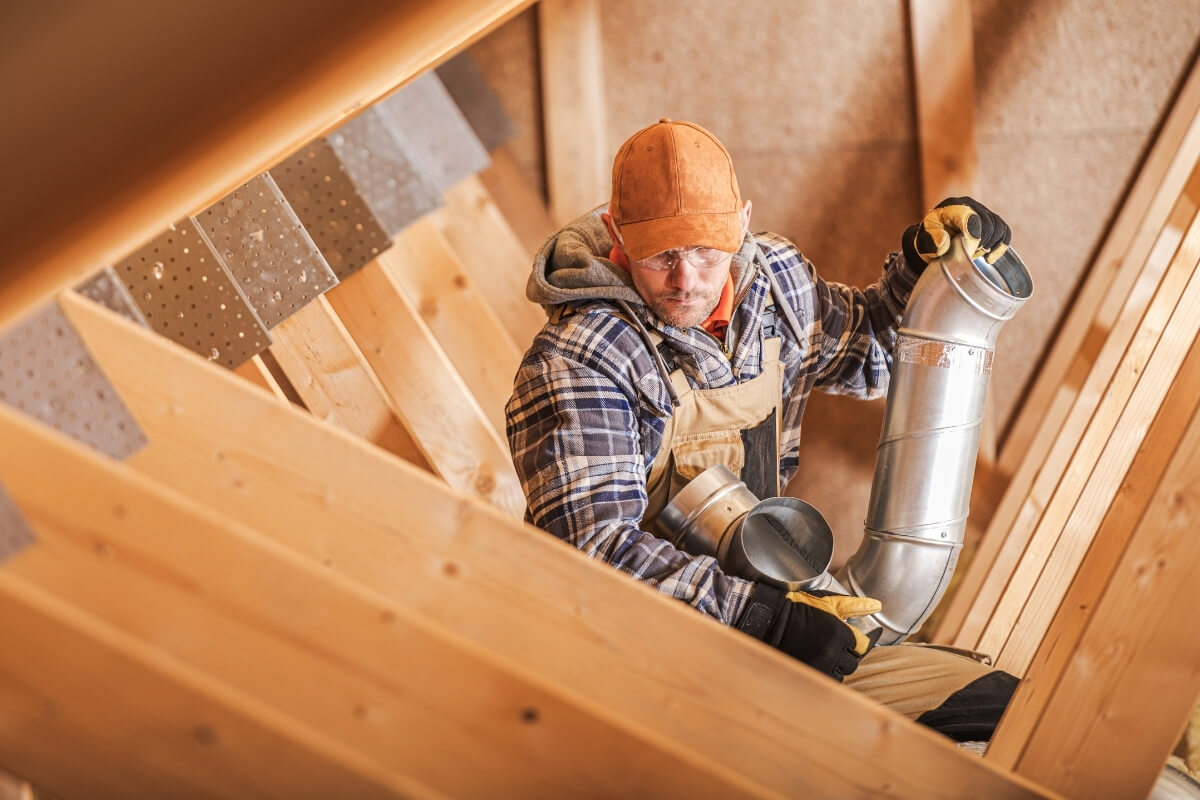
Respiratory Protection & Insulation Safety
Attics are full of airborne particles, rodent droppings, and degraded insulation. Always wear an N95 mask or higher to avoid breathing in dust, mold spores, and fiberglass particles. For homes built before 1980, there's a real risk of asbestos in old insulation—do not disturb these materials.
If your attic smells musty, has visible mold, or contains piles of unknown materials, it’s safer to call in professionals. They have equipment like HEPA vacuums and protective suits that can prevent serious health risks.
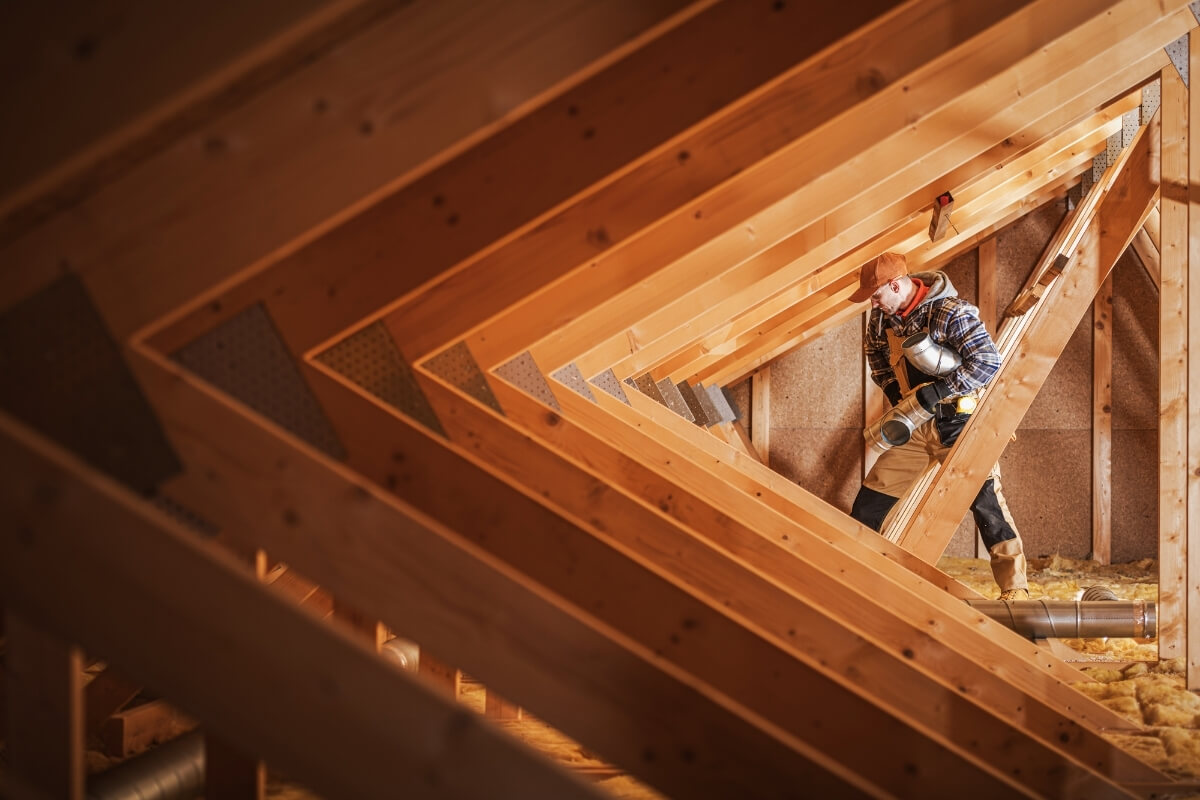
Know When to DIY vs. Call for Professional Help
Not all attic issues should be tackled alone. If you notice:
- Live electrical wires or sparking
- Heavy mold growth or rotten wood
- Rodent infestations or nests
- Unknown contaminants in insulation
It’s time to stop and call a licensed attic service provider. DIY work in these conditions can result in injury or exposure to hazardous materials. Professionals follow OSHA safety standards, use protective gear, and carry insurance to handle attic jobs safely and efficiently.

